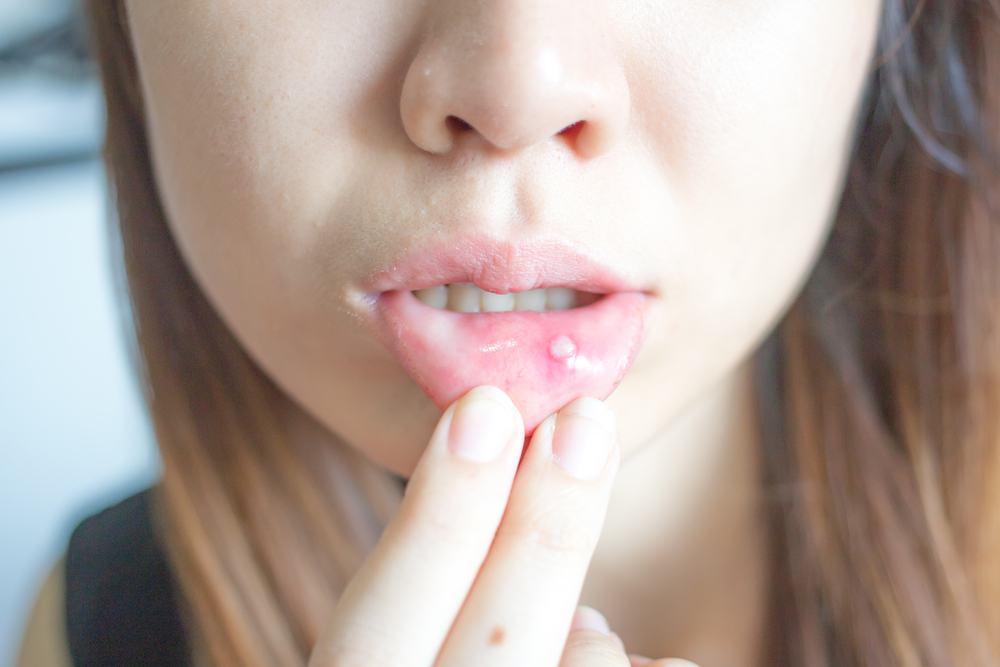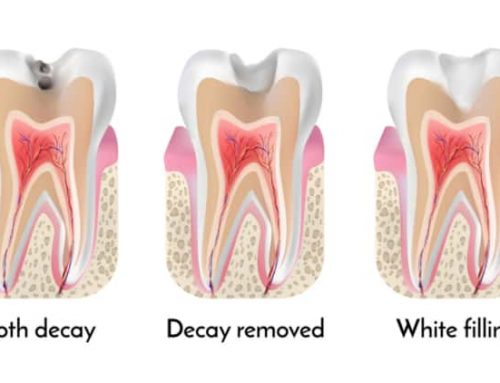Canker sores are oval shaped herpetiform sores that look like ugly blisters. They typically have a white or yellow center with a red border that forms inside the mouth, under the tongue, or on the inside of cheeks and lips.
Most canker sores will go away on their own, but we always recommend getting them checked out at the dentist office.
Types of Canker Sores
Canker sores have three types: Minor, Major, and Herpetiform. They vary in size, pain, number, and cause.

When to see the dentist
We always recommend that you get an oral examination of your canker sore to check for further problems. However, you should be quick to schedule an appointment if you notice any of the following detail about your canker sore:
- It’s unusually large
- You have recurring sores
- The sores last for more than a week
- The sores spread (especially to your lips)
- Sore becomes painful
- If you have trouble eating or drinking
- If you have a fever
Canker Sore Causes
Canker sores can be caused from a variety of causes including:
- Poor dental work
- Excessive brushing
- Food allergy response
- B-12, zinc, folate, or iron deficiency
- Bacteria
- Helicobacter pylori (ulcer causing bacteria)
- Hormones
- Stress
Some disease can also cause canker sores, such as:
- Celiac disease
- Crohn’s disease
- Ulcerative colitis
- Behcet’s disease
- HIV/AIDS
- A weak immune system
Canker Sore Treatment
Canker sores don’t usually need treatment, but it’s best to check and rule out the serious causes. However, you can also try the following before your dental visit:
- Mouth rinses
- Hydrogen peroxide
- Carafate, if you have an ulcer
- Oral steroids as a last resort



